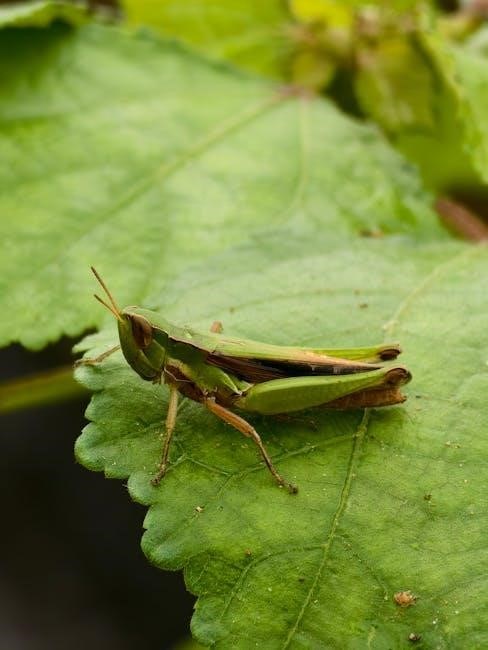Wildlife biology integrates math to analyze ecosystems‚ model populations‚ and understand species behavior. Math prerequisites ensure students master essential tools for ecological research and conservation strategies effectively.
1.1 The Role of Mathematics in Wildlife Biology
Mathematics plays a crucial role in wildlife biology by providing tools to analyze data‚ model ecosystems‚ and understand population dynamics. Statistical methods are essential for data interpretation‚ while algebra and calculus aid in modeling species behavior and population growth. Probability theory supports ecological research by predicting outcomes in uncertain environments. These mathematical concepts enable biologists to make informed decisions for conservation and management‚ highlighting the importance of a strong math foundation in this field.
1.2 Importance of Math Prerequisites for Wildlife Biology Students
Math prerequisites are vital for wildlife biology students as they provide the analytical and problem-solving skills needed for ecological research. Courses in algebra‚ calculus‚ and statistics equip students to handle complex data analysis and modeling. These skills are essential for understanding population dynamics‚ habitat analysis‚ and conservation strategies. A strong math foundation enables students to interpret research data‚ apply mathematical models‚ and contribute effectively to wildlife management and conservation efforts‚ making math prerequisites indispensable for success in this field.
Core Mathematical Disciplines Required for Wildlife Biology
Wildlife biology relies on algebra‚ calculus‚ statistics‚ and probability for data analysis and modeling. These disciplines form the foundation for understanding ecological systems and population dynamics effectively.

2.1 Algebra and Its Applications in Wildlife Biology
Algebra is fundamental in wildlife biology for solving equations and analyzing data. It aids in population modeling‚ habitat studies‚ and understanding species interactions. Algebraic techniques help researchers develop equations to describe ecological processes‚ such as predator-prey dynamics or resource distribution. By mastering algebra‚ wildlife biologists can interpret field data effectively and make informed conservation decisions. Its practical applications include calculating population growth rates and habitat usage patterns‚ making it a cornerstone for advanced mathematical modeling in ecology.
2.2 Calculus for Population Dynamics and Modeling
Calculus is essential for understanding population dynamics in wildlife biology. Derivatives and integrals model growth rates‚ extinction risks‚ and ecosystem changes. Differential equations predict population trends‚ aiding conservation strategies. Calculus tools analyze age structures and migration patterns‚ crucial for managing species. It enables researchers to simulate ecological scenarios‚ informing policy decisions. Mastery of calculus is vital for advanced modeling‚ ensuring accurate predictions and effective conservation planning in complex biological systems.
2.3 Statistics for Data Analysis in Wildlife Studies
Statistics is a cornerstone of wildlife biology‚ enabling researchers to analyze and interpret ecological data. Techniques like regression‚ hypothesis testing‚ and confidence intervals are used to study population trends‚ habitat use‚ and species interactions. Statistical methods help quantify variability‚ assess sample data‚ and make informed conservation decisions. Understanding statistical concepts is crucial for designing experiments‚ analyzing field data‚ and validating research findings. Proficiency in statistics ensures wildlife biologists can accurately interpret and apply data-driven insights to real-world conservation challenges and ecological management.
2.4 Probability Theory in Ecological Research
Probability theory is fundamental in ecological research for modeling stochastic processes‚ such as population dynamics and species interactions. It helps quantify uncertainty in biological systems‚ enabling researchers to estimate parameters and predict outcomes. Concepts like Bayesian inference and Markov chains are widely used in wildlife studies to analyze variability and make informed decisions. Understanding probability theory is essential for designing robust field experiments and interpreting data accurately‚ making it a critical tool in conservation biology and ecological management.
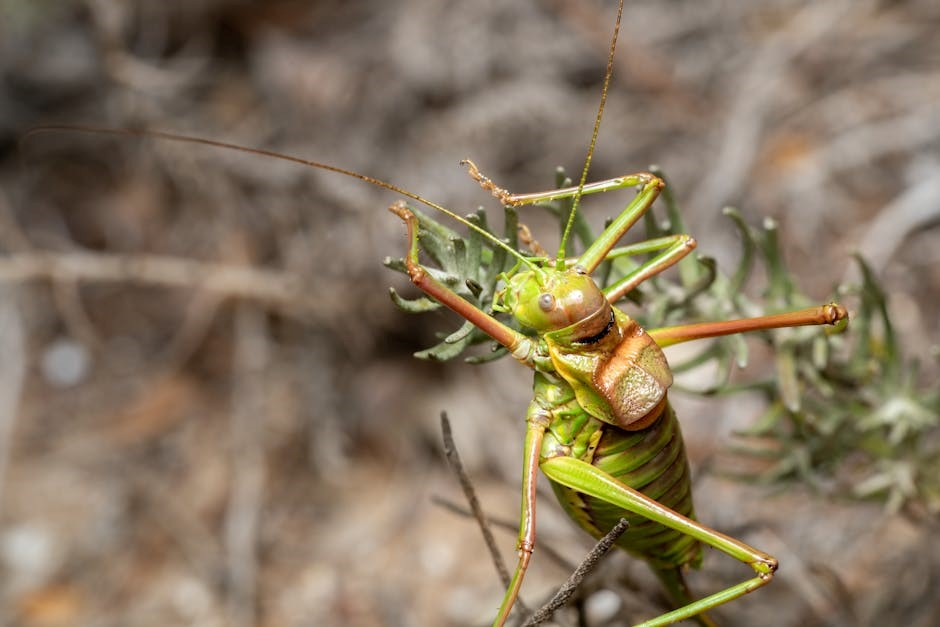
Academic Requirements for Wildlife Biology Programs
Wildlife biology programs require strong math foundations‚ including statistics and calculus; Students must complete relevant high school courses and college prerequisites to succeed.
3.1 High School Math Courses for Aspiring Wildlife Biologists
Aspiring wildlife biologists should focus on foundational math courses in high school‚ including algebra‚ geometry‚ and pre-calculus. These subjects build essential problem-solving skills and prepare students for college-level mathematics. Additionally‚ courses in biology‚ chemistry‚ and physics are critical‚ as they integrate mathematical concepts with scientific principles. Developing proficiency in statistics and data analysis during high school also lays a strong groundwork for ecological research and conservation biology studies. Early exposure to these disciplines ensures a smooth transition into rigorous academic programs.
3.2 College-Level Math Prerequisites for Wildlife Biology Majors
College-level math prerequisites for wildlife biology majors typically include calculus‚ statistics‚ and probability theory. Calculus is essential for understanding population dynamics and ecological modeling. Statistics is critical for data analysis and research methods‚ enabling students to interpret field data effectively. Additionally‚ courses in linear algebra and mathematical modeling provide foundational skills for advanced ecological studies. Proficiency in these areas ensures students can tackle complex problems in conservation biology and wildlife management. Many programs also emphasize the use of statistical software and programming tools like R for data analysis.
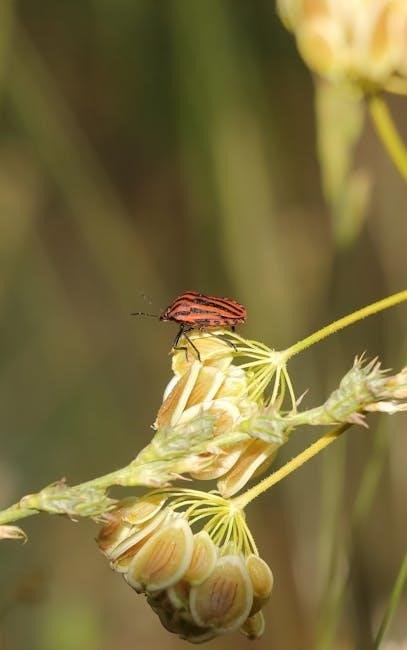
Resources for Learning Math Prerequisites
Recommended textbooks‚ online courses‚ and tutorials provide essential math skills for wildlife biology. R programming and statistical software tools are also crucial for data analysis and research.
4.1 Recommended Textbooks for Math in Wildlife Biology
Key textbooks include Mathematics for the Life Sciences by Greenhoot and Natarajan‚ focusing on differential equations and modeling. Quantitative Conservation Biology by Morris and Doak emphasizes statistical analysis. Ecological Modeling by Soetaert and Herman covers simulation techniques. These resources provide foundational math concepts tailored for wildlife biology applications‚ ensuring students grasp essential tools for ecological research and conservation strategies. Publishers like Brooks/Cole and Springer offer comprehensive materials suitable for both undergraduates and advanced learners.
4.2 Online Courses and Tutorials for Math Skills Development
by DataCamp is highly recommended for data analysis. Mathematics for Ecology on Coursera covers essential calculus and statistics. Khan Academy provides free tutorials in algebra and probability. These resources help bridge gaps in math skills‚ ensuring students are well-prepared for wildlife biology coursework. Additionally‚ many universities provide open-access math modules specifically designed for life sciences‚ emphasizing practical applications in ecological research and conservation biology.
4.3 The Role of R Programming in Wildlife Biology Research
R programming is a cornerstone in wildlife biology research‚ enabling data analysis‚ statistical modeling‚ and visualization. It is widely used for tasks like population modeling‚ habitat analysis‚ and species distribution mapping. R’s flexibility allows researchers to handle complex ecological datasets‚ perform spatial analysis‚ and create interactive visualizations. Many textbooks and online resources emphasize R’s importance‚ with tutorials available for wildlife-specific applications. Mastery of R complements math prerequisites‚ making it an indispensable tool for modern wildlife biologists aiming to contribute to conservation and ecological research effectively.
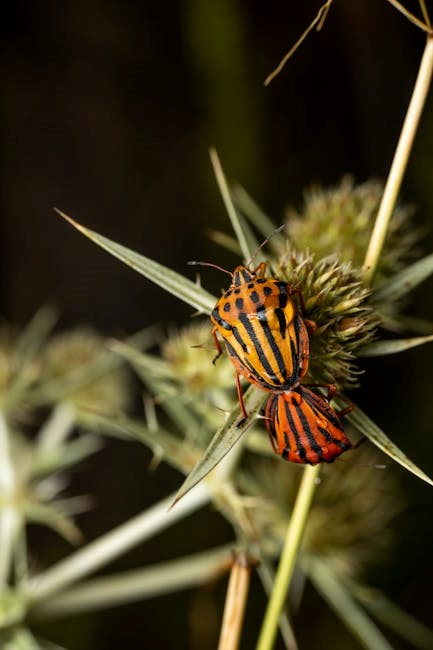
Overcoming Math Anxiety and Building Confidence
Overcoming math anxiety requires consistent practice‚ seeking support‚ and understanding its relevance to wildlife biology. Building confidence in math enhances problem-solving skills and research capabilities effectively.
5.1 Strategies to Improve Math Proficiency
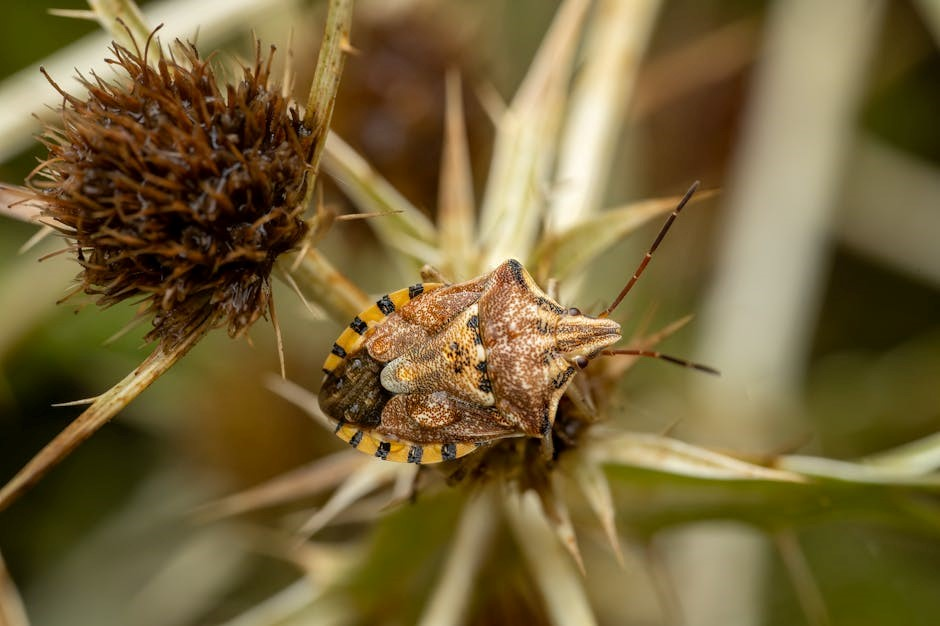
Improving math proficiency involves regular practice‚ breaking problems into manageable steps‚ and seeking help when needed. Utilizing online resources like Khan Academy and R programming can enhance skills. Consistent review of math concepts‚ such as algebra and statistics‚ strengthens foundational knowledge. Applying math to real-world wildlife scenarios helps maintain motivation. Joining study groups or tutoring sessions fosters collaborative learning. Time management and setting achievable goals ensure steady progress‚ building confidence and reducing anxiety over time.
5.2 The Importance of Practice in Mastering Math Concepts
Regular practice is crucial for mastering math concepts in wildlife biology. It builds confidence‚ reduces anxiety‚ and reinforces understanding of essential skills like algebra and statistics. Consistent problem-solving helps develop the ability to apply mathematical tools to ecological challenges. Practicing with real-world examples‚ such as population modeling‚ enhances practical understanding. Utilizing resources like Khan Academy and R programming further supports skill development. Over time‚ dedicated practice leads to fluency in mathematical reasoning‚ enabling effective data analysis and research in wildlife biology.
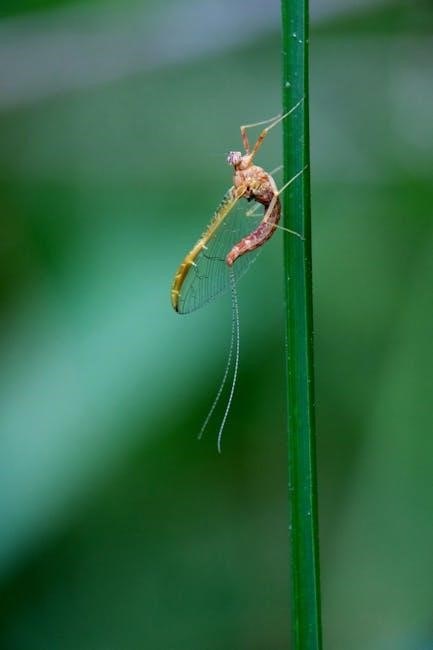
Research Methods and Mathematical Applications
Mathematical applications in wildlife biology enable researchers to analyze data‚ model ecosystems‚ and understand population dynamics. Quantitative methods are essential for conservation strategies and ecological studies.
6.1 Quantitative Research Methods in Wildlife Biology
Quantitative research methods are essential for analyzing ecological data‚ enabling wildlife biologists to draw precise conclusions. Statistical analysis‚ mathematical modeling‚ and data interpretation are key components. These methods help understand population dynamics‚ habitat use‚ and species behavior. By applying mathematical tools‚ researchers can estimate population sizes‚ assess conservation impacts‚ and predict ecological trends. Practical applications include field surveys‚ remote sensing‚ and laboratory experiments. Mastery of these techniques is crucial for evidence-based decision-making in wildlife conservation and management‚ ensuring effective and sustainable ecological strategies.
6.2 Applied Mathematics in Conservation Biology
Applied mathematics plays a vital role in conservation biology by providing tools to model and solve real-world ecological problems. Techniques like differential equations and optimization are used to study population dynamics‚ disease spread‚ and habitat fragmentation. Mathematical models help predict species extinction risks and evaluate conservation strategies. These approaches enable researchers to design effective management plans‚ allocate resources efficiently‚ and assess the impact of human activities on ecosystems. By integrating mathematical insights‚ conservation efforts become more strategic and impactful‚ ensuring the preservation of biodiversity and ecological balance.
Advanced Topics in Wildlife Biology Math
Advanced topics include spatial analysis‚ GIS‚ and mathematical modeling‚ essential for understanding complex ecological systems and predicting population dynamics in conservation biology and wildlife management.
7.1 Spatial Analysis and GIS for Wildlife Management
Spatial analysis and GIS are crucial tools in wildlife management‚ enabling the study of species distribution‚ habitat use‚ and landscape connectivity. By integrating mathematical concepts like algebra and calculus‚ GIS allows researchers to model ecological systems and predict population dynamics. Key applications include habitat mapping‚ corridor design‚ and conservation planning. Proficiency in GIS software and spatial statistics is essential for modern wildlife biologists. These skills‚ combined with mathematical prerequisites‚ empower effective decision-making in ecological research and conservation efforts.
7.2 Mathematical Modeling in Ecology and Conservation
Mathematical modeling is a cornerstone of ecological research and conservation biology. It involves developing equations and algorithms to simulate complex biological systems‚ such as population growth and species interactions. Calculus and statistics are essential for creating and analyzing these models; Tools like R programming enable researchers to implement models and interpret data effectively. Modeling helps predict population trends‚ assess environmental impacts‚ and design conservation strategies. Proficiency in mathematical modeling allows wildlife biologists to address real-world challenges with data-driven solutions‚ ensuring informed decision-making for ecosystem management and species preservation.
Mathematics is essential for wildlife biology‚ bridging biological concepts with quantitative analysis. Aspiring biologists should embrace math as a tool for conservation and ecological sustainability.
8.1 The Future of Math in Wildlife Biology Research
Mathematics will play a pivotal role in advancing wildlife biology research‚ enabling precise modeling of ecosystems and population dynamics. Emerging tools like AI and spatial analysis will enhance conservation efforts‚ while R programming and statistical methods will remain cornerstone skills. As ecological challenges grow‚ the integration of advanced mathematical techniques will be crucial for developing sustainable solutions. The future lies in bridging math and biology to address complex environmental issues effectively‚ ensuring quantifiable progress in wildlife conservation and management strategies worldwide.
8;2 Encouragement for Aspiring Wildlife Biologists
Embracing math as a tool for wildlife biology is key to unlocking its potential. Overcome math anxiety through practice and seek support from resources like textbooks and online forums. High school courses in biology‚ chemistry‚ and physics lay a strong foundation. Persistence and dedication will lead to rewarding opportunities in conservation and research. Stay curious‚ leverage tools like R programming‚ and engage with communities for guidance. The future of wildlife biology is bright for those willing to embrace math and science with passion and determination.
Additional Resources and References
Explore recommended textbooks‚ online courses‚ and forums for wildlife biology math. Utilize resources like R programming guides and academic journals to deepen your understanding and skills effectively.
9.1 Recommended Reading for Wildlife Biology Math
Key resources include textbooks on mathematical ecology and statistical analysis. “Problem-Solving in Conservation Biology” by James P. Gibbs offers practical exercises. Guides on R programming‚ such as those introducing data manipulation‚ are invaluable; Academic journals and PDFs on wildlife biology math prerequisites provide foundational knowledge. Textbooks covering algebra‚ calculus‚ and statistics are essential for building a strong mathematical base. These materials are widely available in university libraries or online platforms‚ ensuring accessibility for students and researchers alike.

9.2 Online Communities and Forums for Support
Online communities and forums provide valuable support for wildlife biology students. Platforms like Reddit’s r/wildlifebiology and specialized math forums offer peer-to-peer advice. Stack Exchange hosts discussions on ecological modeling and statistics. Coursera and edX communities share insights on math-intensive courses. These spaces foster collaboration‚ resource sharing‚ and problem-solving. They also connect students with professionals‚ offering real-world perspectives and career guidance. Engaging with these forums helps build confidence and provides accessible learning opportunities‚ making complex math concepts more manageable for aspiring wildlife biologists.
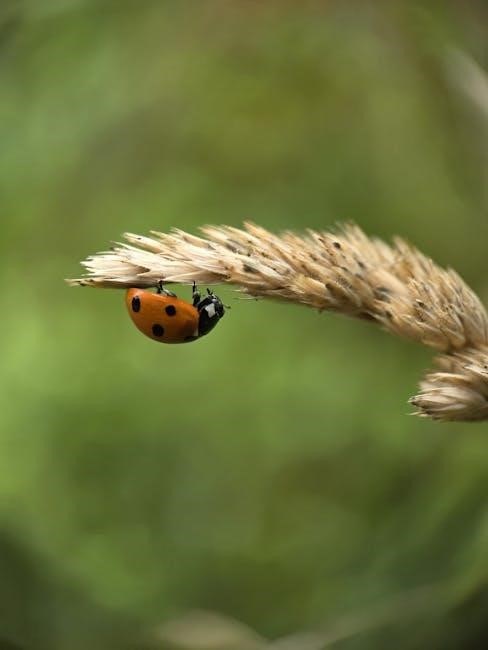
Final Tips for Success
Stay proactive‚ seek help when needed‚ and leverage resources like R programming. Time management and collaborative learning are key to mastering math-intensive courses in wildlife biology.
10.1 Time Management for Math-Intensive Courses
Effective time management is crucial for math-intensive courses in wildlife biology. Create a detailed study schedule‚ setting realistic goals for each session.
Prioritize challenging topics and allocate extra time for problem-solving exercises.
Regular review of concepts ensures long-term retention and reduces exam stress.
Utilize resources like online tutorials and practice problems to reinforce learning.
Stay organized‚ balance academic responsibilities with self-care‚ and maintain a healthy lifestyle to optimize productivity.
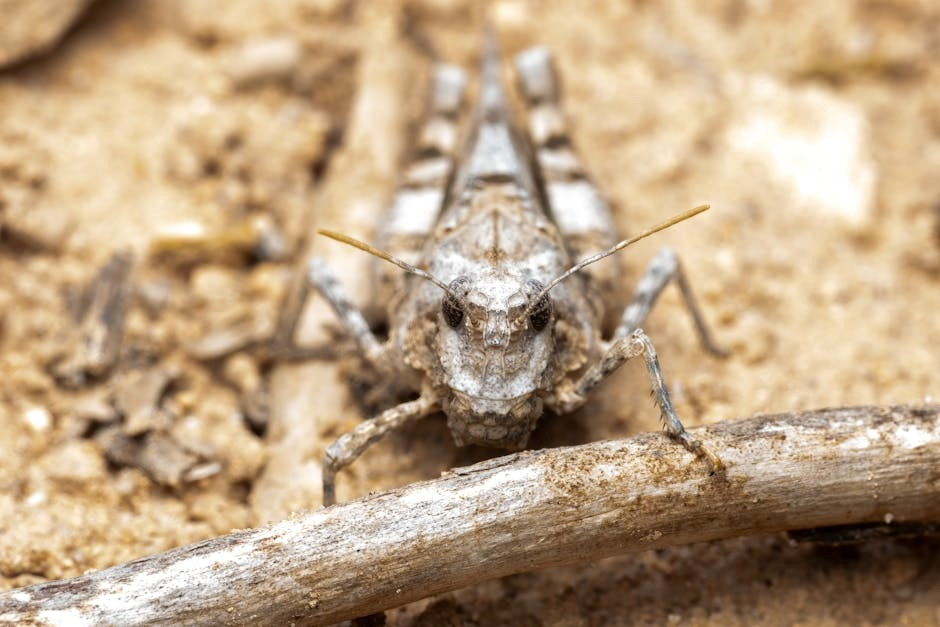
10.2 Seeking Help and Collaborative Learning
Seeking help early and engaging in collaborative learning is vital for mastering math prerequisites in wildlife biology.
Don’t hesitate to use tutoring services or attend office hours for clarification on complex concepts.
Study groups and peer discussions can deepen understanding and build problem-solving skills.
Utilize online forums and resources to supplement learning and address challenges.
Collaborative efforts not only enhance retention but also foster a supportive academic environment.
Remember‚ asking for help is a sign of proactive learning and contributes to long-term success.

